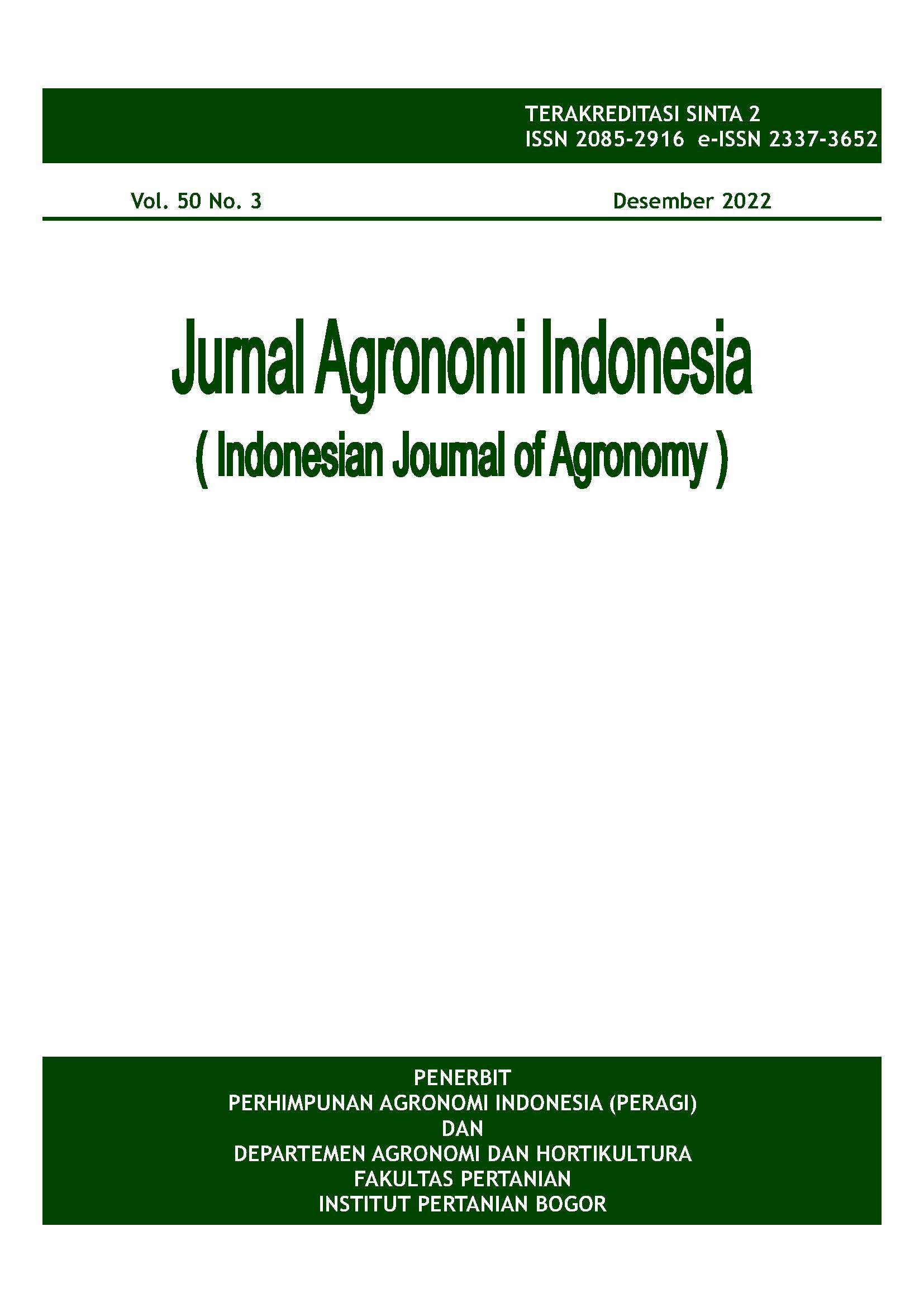New Perspective: Management of Understorey Vegetation in Sustainable Oil Palm Cultivation
Abstract
Among plants, between main tree crops, e,g. oil palm and other plants, to a certain extent they are competing with each other for resources of growing environment, especially for water and nutrients within the growing media and space, and microclimate elements. In this respect, the understorey plants or vegetation will be studied by how much they compete with the main crop in comparison with their beneficial effects on the main crop directly, or indirectly toward plantation management and the environment. This study will reveal the existence of understorey plants or vegetation that is commonly used as a ground cover with various benefits in supporting sustainable palm oil production technology. There are several variables, that are commonly observed as a positive impact of implementing sustainable production technology, including reduction of CO2 greenhouse gas emissions, increased carbon stocks, environmental biodiversity, improvement of water and soil nutrient balances, soil and water conservation, including decreasing erosion In this paper, some of these variables will be revealed and analyzed as a result of production technology, especially by using two understorey vegetation species: Nephrolepis biserrata and Asystasia gangetica.
Keywords: biodiversity, carbon stock, nutrient balance, water balance













